Thessaloniki gets ready for its metro launch in November
The underground rapid transit lines have been under construction for almost two decades due to various project delays
 TheMayor.EU logo
TheMayor.EU logo 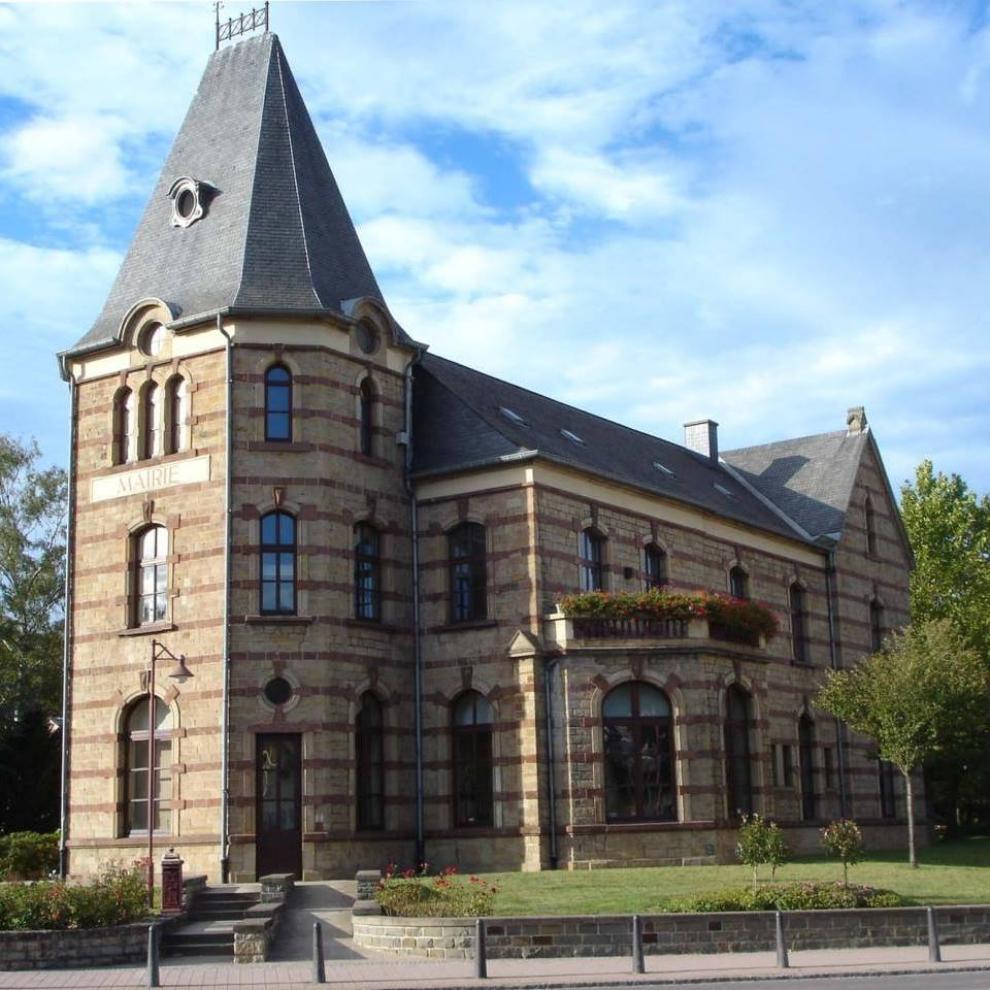
The locality of Mertert has a long and dynamic history. Formerly the whole region around Mertert and Wasserbillig belonged for about 1000 years to the St. Maximin Abbey of Trier. The Benedictine monks used the Mertert estate as administrative seat for their important land holdings. The seigniory with its residential and operating buildings and a mill was located at the place of the current castle. At the time of the French Revolution the abbey was expropriated and the estate and some 45 ha of property were awarded on October 22nd 1797 to Jean-Bernard Schmidt who later married Marguerite Doyé. As the couple left no descendents, upon their death, the niece of Marguerite Schmit-Doyé, Marguerite Françoise Pescatore inherited in 1822 the whole property. Her husband, Charles Beving, was at the time Bourgmester of Mertert. In 1870 the property passed into the hands of his nephew Antoine Pescatore.
During the Second World War German troops crossed the Moselle and it was exlusively during the final phase of the war when Mertert and Wasserbillig suffered its horrors. Almost all the road and railway bridges were destroyed; the transfer of the Mertert population into the liberated area of the country was painful. The locality was at the centre of the battles when in September 1944 the German and American troops formed a front along the Moselle. To escape the hell of battle, some 1500 inhabitants of Wasserbillig abandoned their homes and farms and sought refuge in the galleries of the limestone quarry. This dangerous life in the galleries lasted five weeks, during which the population had to rough it in the most primitive conditions. In the galleries there were also some Russian emigrants, workers of the Cerabati factory.
It was in January 1945 when American troops liberated Mertert.
The Municipality of Mertert is located in the canton of Grevenmacher (Luxembourg), close to the German border. Composed of the villages Mertert and Wasserbillig, it has 4,517 inhabitants over an area of 15.25 km2.
The Mayor is appointed by the Grand Duke and chosen from the elected municipal council. He presides over the Communal council and the aldermen's college; he is the Head of the Communal Administration and the primary authority responsible for the execution of the norms enacted by the higher authorities at local level.
The largest commercial river port in the country, which opened in 1966, is located in this municipality. Having participated in the Climate Pact since March 2013, the municipality is committed to achieve a 50 % reduction of its greenhouse gas emissions.
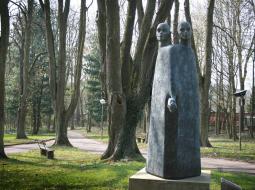
It was created in 1873 by the famous landscape architect Edouard François André. Originally twice bigger, the park was designed in the style of the English garden and was for a long time private property before it was acquired by the municipality.
In the landscaped English park the natural environment of the French Baroque garden is found, in which rigid elements predominate. The character and style of the English garden remain, even after 138 years, virtually unchanged.
Even today, the pond of about 3,000 m² is conserved – it is located in the middle of the park and is its central element. In the past, locals used it for swimming and for boat trips.
Today the park represents close and easily accessible recreation area for the residents of Mertert. Its structural diversity favours the fauna and flora by providing an essential living space and an ideal refuge.
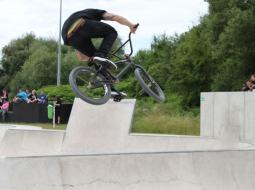
The Fun Park in Mertert includes a concrete skate park, a beach volleyball playground, a multi-purpose playground, table tennis tables, exercise equipment, benches and tables, a wooden house, a barbecue area, an amphitheatre, a first-aid station, restrooms, parking and fencing.
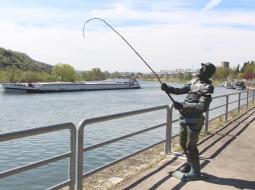
The Sûre has a length of 173 km and an average water flow of 54 m3 per sec, the largest flow on the left of the Moselle. It has its source in Belgium at 510 meters above the sea level. After crossing the Ösling region, the river throws herself into the Moselle at Wasserbillig, at the lowest point of the Grand Duchy ("Op der Spatz"), at 130 meters above sea level.
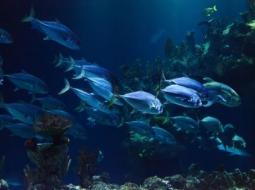
The aquarium of Mertert has 5 pools of various sizes in which visitors can admire fresh water fish and sea fish from 5 continents in typical underwater landscapes. The main attraction of the exhibition is the large basin where native fish from the Moselle and the Sûre can be seen.
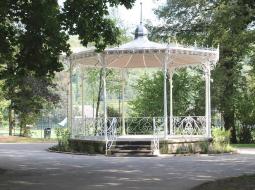
The initiative for the construction of the castle was undertaken by Antoine Pescatore (1842-1916). Thus in 1872, the old building of the Maximins had to be demolished in order to erect the current castle in the same place.
In 1927, the widow Louise Michels-Rewenig acquired the castle and the park of Mertert and transformed it into a hotel with a splendid park as its surroundings. Today the castle welcomes guest stays and town hall offices.
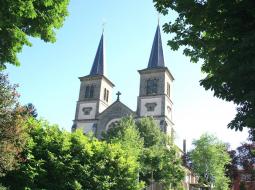
The current parish church was designed and built in 1885-86 in a neo-Romanesque style. The imposing building, with three naves with ribbed arches and two bell towers framing at the entrance gate, served as an inspiration for the construction of the parish church of Dudelange. The church of Mertert is dedicated to The Immaculate Conception of the Virgin Mary.
1-3, Grand-Rue
L - 6630 Wasserbillig